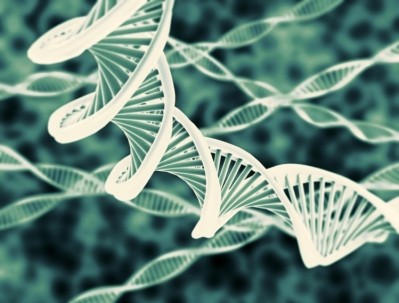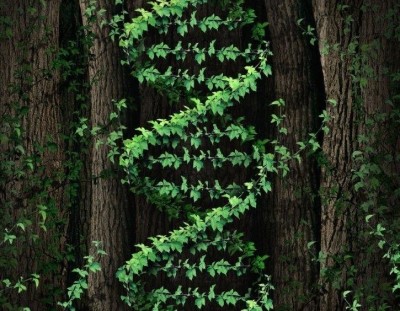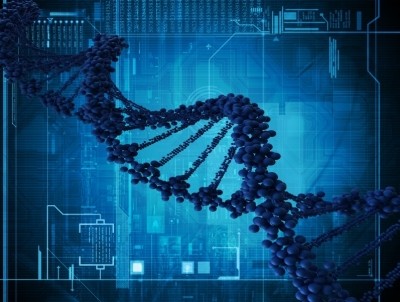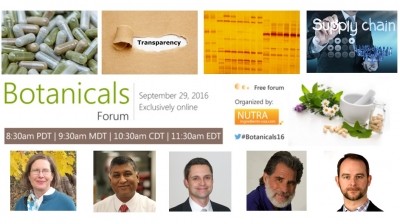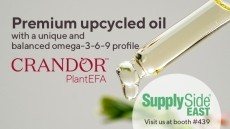NSF revises herbal review presentation, clarifies ‘adulteration’
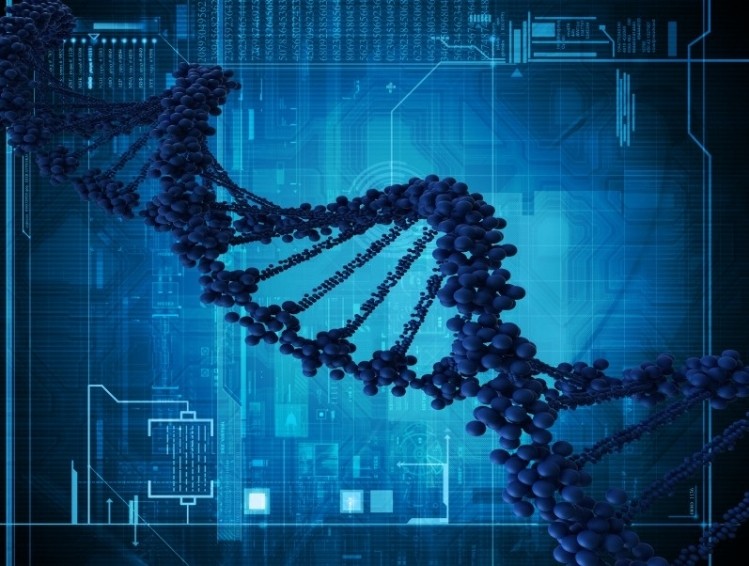
As reported this week by NutraIngredients-USA, a webinar hosted on the Natural Products Insider website reported that 53.3% of the 1,200 samples tested were deemed to be impure (ie. found to contain any level of an unlabeled plant species), while 46.7% were deemed to be pure, according to next generation DNA sequencing (NGS).
The original presentation was titled, “Dirty Little Secrets: Current Trends in Toxic Weeks and Fraudulent Fillers in the Botanical Supply Chain”, but this has now changed to, “DNA Reveals Unexpected Species in the Botanical Supply Chain (Part 1)”. The words “adulterants” or “adulteration” are no longer used in the webinar. “Contaminants”, “substitutes”, and “impurities” are now used instead.
A spokesperson for NSF told us: “The definition of ‘adulteration’ by the FDA is comprehensive and applies to many categories. Thus we opted to change the name of the webinar so that there was no confusion as to how the word ‘adulteration’ was being used throughout.”
In the new version of the webinar, Dr Danica Reynaud, NSF’s Global Director of Scientific Innovation, states: “According to the Federal Food, Drug & Cosmetics Act, a product is considered adulterated if it bears or contains any poisonous or deleterious substances in such quantities that may render it injurious to health
“Therefore, DNA can identify the presence of a toxic species, which can be further analyzed by specific, appropriate quantitative chemical tests that can assess its level in the material.”
NSF International does conduct a range of other analytical tests, including HPLC, UPLC, and HPLC, but it has not tracked nor compiled data beyond NSF AuthenTechnologies’ DNA testing data, the NSF spokesperson told NutraIngredients-USA.
Reaction
The original presentation elicited strong reactions from some industry stakeholders, with a particular focus on what constitutes adulteration. Travis Borchardt, VP of regulatory affairs and QA/QC at Nature's Way, told us that Nature's Way regularly performs (in combination) physical, chemical and DNA testing of more than 300 botanical species to ensure all specifications are met.
“Coming to a conclusion that a material or product is ‘adulterated’ requires extensive evaluation (science, regulatory and legal aspects),” he said. “Our rejection rate on botanicals is less than 5%. It is important to understand that the mere presence of a contaminant does not at all equate to adulteration and when we reject something, that doesn't necessarily mean it was adulterated.
“The NSF report does nothing more than identify the fact that botanicals harvested from the earth contain ‘Incidental DNA’.
“While the [original] report misled the reader to believe botanical dietary supplements are highly adulterated and/or contain toxic substances, it lacked real data (e.g. chemistry) to substantiate any allegation of actual adulteration.”
Testing
Elan Sudberg, CEO of Alkemist Labs, told us that his lab also does not see adulteration to anywhere near the levels reported in the original NSF report.
“I’m only half kidding when I say DNA testing used alone will identify bee farts and butterfly dandruff as adulterants,” said Sudberg. “As one of the top testing labs specializing in botanicals, our highly-skilled staff uses well-established testing methods. We do not see that level of adulteration with the ID testing we perform. The adulteration levels we see are much lower and mostly due to poor quality issues rather than the presence of toxic weeds.”
Incidental DNA
Dr Steven Newmaster, Botanical Director at the Centre for Biodiversity Genomics (CBG) and Professor at the University of Guelph, explained that every botanical dietary supplement sample contains some plant DNA in small amounts called ‘incidental DNA’.
“This is likely not a problem for consumers or manufactures as it is in very small amounts and cannot be concluded to be of risk without appropriate chemical testing. In fact, incidental DNA is everywhere, and is certainly in agricultural products, manufacturing facilities, our kitchens and even in ISO 17025 test labs,” said Dr Newmaster.
“NGS technology is known to over-amplify incidental DNA so that it appears to be in quantities that could be interpreted as concern; a well-known caution for scientists who are familiar with the limitations of NGS. Another problem is the lack of high quality standard biological reference material libraries (SBRMS) for NGS and the mathematical algorithms for matching unknown DNA sequences to SBRMS. Any lab making these types of allegations based on NGS testing must publish their SBRMS and be well versed in multivariate statistical models for assessing the plethora of bioinformatic data that NGS generates.
“There is huge potential to poorly match a NGS sequence to a poorly developed DNA library. The potential result is incorrectly naming a sequence in a sample and claiming it is an adulterant when it is not even there. The bottom line is that NGS results are very likely to produce a list of species that are either not really there or are in such small quantities that it does not matter,” said Dr Newmaster.
DNA authenticated reference materials
In response to Dr Newmaster’s comments, Dr Reynaud told us that NSF understands that NGS is not quantitative, and that the technology can either underestimate or overestimate the relative ratios of target and non-target species.
“Therefore, the presence of an impurity may actually appear to be less problematic with NGS than it really is. That is why it should be used to identify all of the component species in a mixture, and then use chemical testing to determine the significance of the findings such as the presence of allergens and toxic compounds,” she said.
Regarding the reference materials issue, Dr Reynaud noted that NGS and other "DNA Barcoding" methods are different uses of sequencing machines, and that while the resultant sequences from both machines are the same, with NGS there are more sequences to analyze. “The issues with good reference materials and algorithms are the same no matter what sequencing machine you use,” she said.
“Good reference materials and validated algorithms are needed in order to ensure the accuracy of results with any method. NSF AuthenTechnologies reference materials were developed from Harvard, U.C. Berkeley and the New York Botanical Gardens,” she explained. “We have also developed a line of DNA authenticated reference materials with the National Institute of Standards and Technology, which are available for purchase through NIST. These can be used by any lab that wants to validate their methods, as NSF AuthenTechnologies has done.”
“The trends from this initial study are helpful”
Dr Reynaud disagreed with Dr Newmaster’s statement that there is potential result is incorrectly naming a sequence. “There is no issue with misidentification of species when good reference materials and validated data analysis algorithms are used,” she said. “When there are appropriate quality control procedure in place it only identifies species that are actually in the material. Only chemical testing can provide data about whether or not the presence of the species is significant, such as the presence of toxins and allergens.”
“In this study NSF AuthenTechnologies found that nearly 50% of the samples tested had no impure DNA present. This suggests that when there are proper quality controls in place from testing all the way through the supply chain, NSF will only ID species that are actually present in the sample.
“We agree that further testing can be and should be conducted to determine the significance of the DNA test results,” said the NSF spokesperson. “NSF AuthenTechnologies thought that the trends from this initial study would be helpful to the industry to improve the safety and quality of the supply chain to help it make more informed decisions and will continue to share result of future DNA testing studies.”
Dr Reynaud will present the second half of the data at SupplySide West on Friday, October 07, 3-3:30 p.m. at the SupplySide Central, Level 1, Bayside Hall D, Booth EE182.
